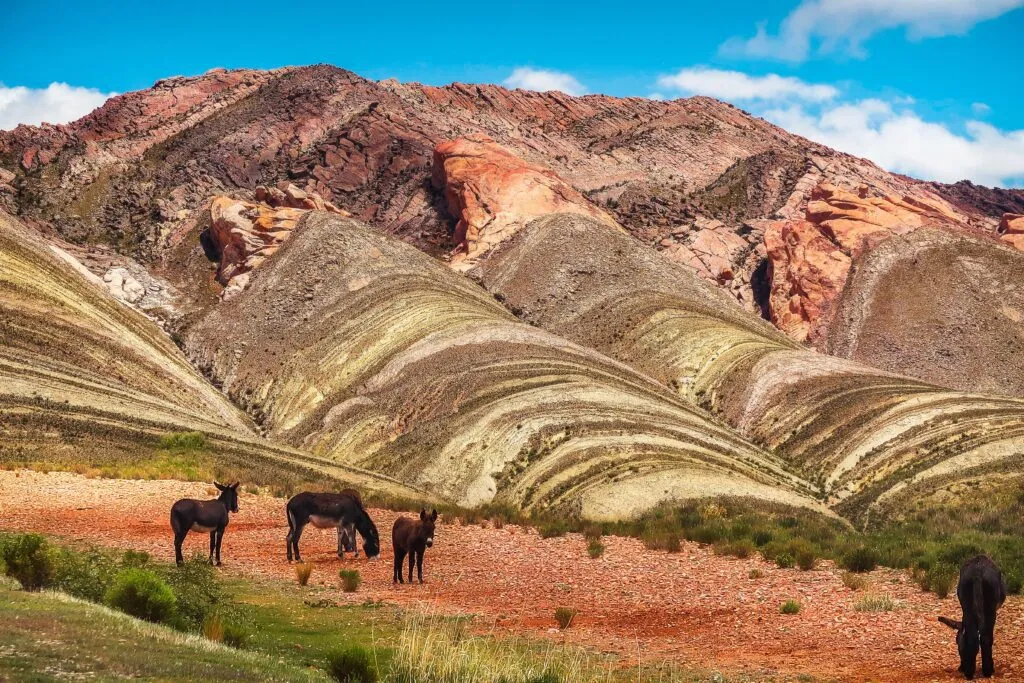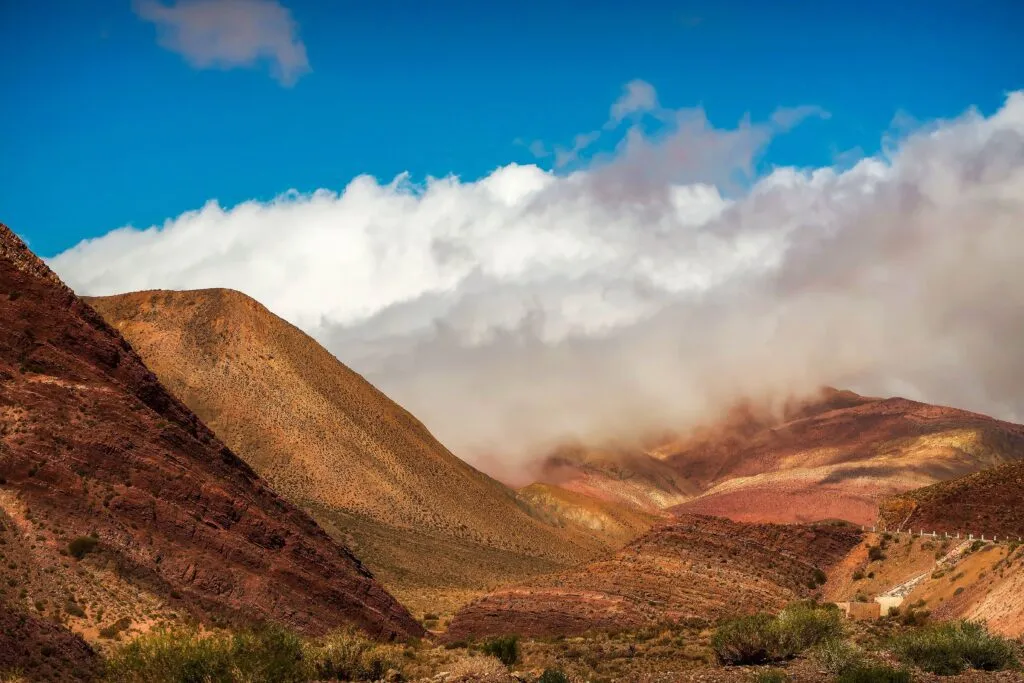Biodiversity
Argentina is widely recognized for its remarkable biodiversity, making it one of the most biodiverse countries in the world. Its vast expanse covers 15 continental zones, 2 marine zones, and even includes the Antarctic region, showcasing an astonishing array of ecosystems. This ecological diversity has led to an abundant variety of biological life, with an impressive number of cataloged species.
Notably, Argentina is home to 9,372 cataloged vascular plant species (ranked 24th globally), 1,038 cataloged bird species (ranked 14th), 375 cataloged mammal species (ranked 12th), 338 cataloged reptilian species (ranked 16th), and 162 cataloged amphibian species (ranked 19th).
Originally, the Argentine pampas, an extensive grassland region, had only the evergreen Ombú tree as a native species, with very few trees overall. However, over time, some imported species such as the American sycamore or eucalyptus have been introduced along roads, towns, and country estates.

While the fertile soils of the pampas have made it highly agriculturally productive, the expansion of commercial agriculture has also led to the depletion of much of the original ecosystem.
Argentina takes great pride in its National Parks, a network of 35 protected areas that span various terrains and biotopes across the country. From the northern Baritú National Park to the southern Tierra del Fuego National Park, these areas are carefully managed by the National Parks Administration to preserve their natural wonders.
Furthermore, Argentina scored 7.21/10 in the 2018 Forest Landscape Integrity Index, ranking 47th out of 172 countries globally, demonstrating its significant commitment to forest conservation.
Climate
Argentina experiences four main climate types: warm, moderate, arid, and cold, influenced by factors such as latitude, altitude, and relief features. Despite its most populated areas generally having a temperate climate, the country exhibits remarkable climate diversity, ranging from subtropical in the north to polar in the far south.
This diversity gives rise to various biomes, including subtropical rain forests, semi-arid and arid regions, temperate plains in the Pampas, and cold subantarctic zones in the south. Precipitation levels vary significantly, ranging from 150 millimeters in the driest parts of Patagonia to over 2,000 millimeters in the westernmost areas of Patagonia and northeastern regions. Mean annual temperatures span from 5°C in the far south to 25°C in the north.
Notable wind currents in Argentina include the cool Pampero Winds sweeping across the flat plains of Patagonia and the Pampas, while warm currents blow from the north in middle and late winter after the cold front, leading to milder conditions.

Other significant winds include the Sudestada, which moderates cold temperatures but brings heavy rains, rough seas, and coastal flooding, and the Zonda, a hot, dry wind affecting Cuyo and the central Pampas, known for its gusts up to 120 km/h and its potential to fuel wildfires and cause damage.
Climate change is a concern in Argentina, and its impacts on living conditions are anticipated to be substantial. Changes in precipitation patterns and temperatures are already noticeable, with the eastern parts of the country experiencing the highest increases in precipitation. This has resulted in greater variability in precipitation from year to year in northern regions, increasing the risk of prolonged droughts and negatively impacting agriculture in these areas.
